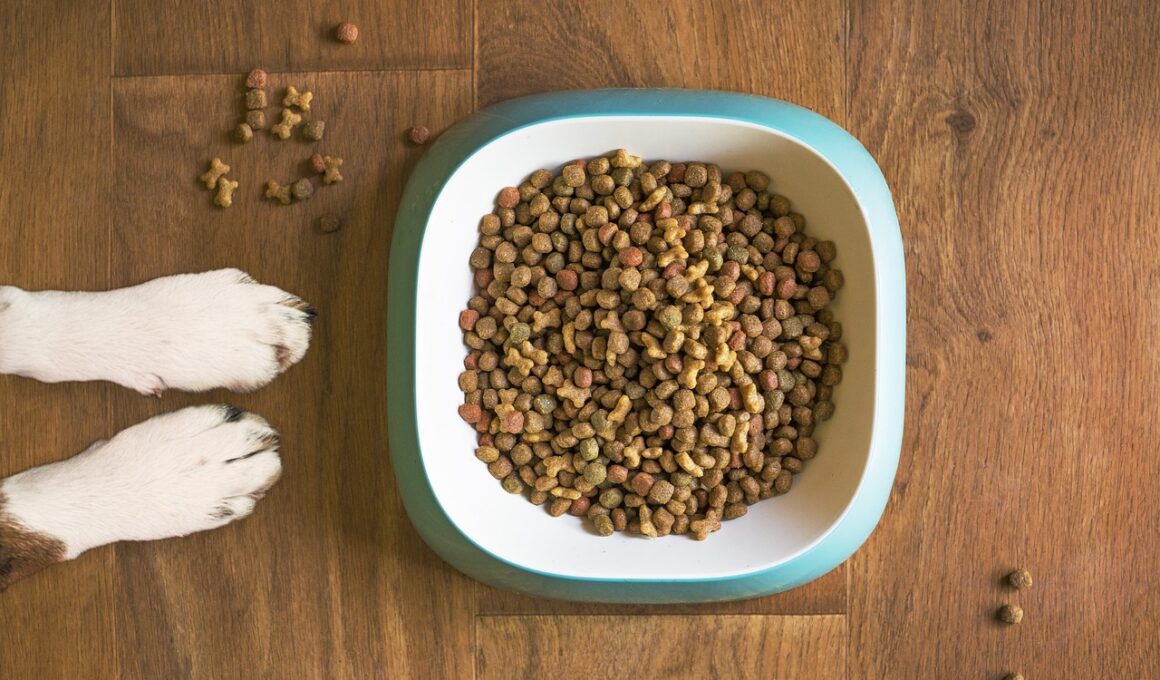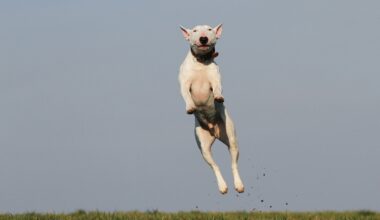Foods to Avoid Feeding Your Dog: Toxic and Harmful Ingredients
When it comes to your dog’s health, understanding what foods to avoid is essential. Many common human foods can cause harm or toxicity in dogs. These harmful ingredients can lead to serious health issues, and even life-threatening situations. It’s crucial to be aware of what can be detrimental to your furry friend’s diet. Foods such as chocolate are notoriously toxic due to compounds like theobromine, which can poison dogs if ingested. Grapes and raisins also pose a significant risk, as they can lead to kidney failure in some dogs. Onions and garlic belong to the allium family and can damage your pup’s red blood cells, resulting in anemia. Avoid feeding your dog any products containing xylitol, a sweetener that can induce insulin release, which may lead to hypoglycemia. By knowing and steering clear of these harmful foods, you can contribute positively to your dog’s health and prevent severe reactions to toxic substances. Remember, when in doubt about a food item, always consult with a veterinarian to ensure it’s safe for your dog.
Another important group of food items to avoid is those containing artificial additives and preservatives. These chemicals can negatively affect your dog’s health and lead to long-term issues. Foods high in fat, like greasy table scraps, can cause pancreatitis—a painful inflammation of the pancreas that can have severe consequences. Additionally, many dogs are lactose intolerant; hence dairy products should be avoided to prevent gastrointestinal upset. Pellets or treats that include high sugar levels can also lead to obesity and dental problems. Raw meat or raw eggs should be approached with caution, as they can harbor harmful bacteria such as Salmonella or E. Coli. When it comes to your dog’s diet, it’s vital to read all labels carefully to avoid these harmful ingredients. Ensure that their food is made from high-quality sources and has natural ingredients. Incorporating a diet rich in whole foods and nutrients promotes better health over time. Always keep your dog’s individual health needs in mind when considering dietary changes and consult a professional when uncertain about specific foods.
Fruits and Vegetables to Avoid
Many pet owners are surprised to learn that some seemingly harmless fruits and vegetables can be toxic to dogs. For instance, avocados contain a compound called persin, which can lead to vomiting and diarrhea in dogs. Cherries, while delicious, can be dangerous due to cyanide content found in their pits and stems. Moreover, the seeds of several types of fruits such as apples, peaches, and plums can also pose a risk. It is essential to avoid providing these fruits as snacks or in meals; instead, consider alternatives like blueberries or carrots, which are typically safe for dogs. Certain vegetables can also be harmful; for example, mushrooms, particularly wild varieties, can be toxic. Potatoes, especially when raw or green, can contain solanine, which is harmful to dogs. It’s always best to err on the side of caution with your dog’s diet. Before introducing any new fruits or vegetables, ensure that you have verified their safety through reliable sources or veterinary guidance. Keeping your dog safe requires diligence and a keen understanding of their nutritional needs.
Grains, while a staple in many dog foods, can also be problematic if your dog has specific dietary sensitivities or allergies. Foods high in gluten, such as wheat and barley, may trigger allergic reactions in sensitive dogs. Other grains, if consumed in excessive amounts, can lead to weight gain and associated health issues. It’s essential to monitor your dog’s intake and ensure that any dog food you choose has a balanced composition of grains that are suitable. Also, be cautious with any form of carbohydrate overload that can lead to obesity and insulin resistance. Instead, consider grain-free alternatives if your dog struggles with certain intolerances. In contrast, some dogs benefit from a properly balanced proportion of whole grains, offering energy without compromising health. Whole grains like brown rice and oatmeal can be beneficial when provided in moderation. The key is knowing your dog’s specific needs and consulting a vet to find the right balance in their diet to avoid potential triggers and health risks. Remember that a well-balanced, nutritious diet is foundational to your dog’s overall health.
Common Snacks and Treats
Snacks and treats often appear harmless, but many can contain harmful ingredients for your dog. For example, human chocolate-based candies are one of the most dangerous treats that you must avoid sharing with your dog. Even small amounts of chocolate can be poisonous due to the presence of theobromine. Any snack that contains nuts, particularly macadamia nuts, should be entirely avoided, as these can cause tremors, weakness, and other severe symptoms in dogs. Similarly, potato chips and salty snacks are not just unhealthy but can lead to sodium ion poisoning, resulting in lethargy and excessive thirst. Additionally, many common treats contain artificial flavors and sugars that are also harmful. Always read the ingredient lists on packaged snacks carefully and opt for those specifically formulated for dogs. Consider healthier options like carrot sticks or homemade treats made from dog-safe ingredients, ensuring that they’re both delicious and nutritious for your furry friend. Your dog’s long-term health will benefit from avoiding unknown treats while ensuring that each snack is safe and nourishing.
One aspect that often gets overlooked is the importance of proper preparation of food items. Many dog owners may unknowingly give their pets food that is poorly prepared and subsequently unsafe. For instance, feeding dogs cooked bones is a significant risk as they can splinter and cause choking or internal injuries. Always remember to only provide raw, unseasoned meat and bones meant for dogs, which can be safe when chewed appropriately. It’s also crucial to avoid feeding dogs any spoiled or expired food items, as these can lead to food poisoning or gastrointestinal issues. Some owners think it’s acceptable to give their dogs scraps from their dinner plates; however, this can lead to ingesting harmful substances like seasonings, oils, or ingredients not meant for canine consumption. Always keep food safety in mind by using separate cutting boards or containers for your dog’s food to reduce cross-contamination. A little effort in food preparation can prevent severe consequences and keep your dog healthy and happy while ensuring they receive a balanced and safe diet.
Understanding Food Allergies and Sensitivities
It’s critical for dog owners to recognize the signs of food allergies and sensitivities in their pets, as certain ingredients can lead to uncomfortable or severe reactions. Some dogs may develop allergic reactions to common proteins like beef, chicken, or dairy products. Symptoms can include skin irritations, vomiting, or digestive upset. To manage these reactions effectively, consider keeping a food diary to track what your dog eats and any symptoms that follow. This observation allows for better decision-making when it comes to choosing foods. Switching your dog’s diet to something limited in ingredients can help identify the offending component. Many dog food brands offer hypoallergenic options designed to minimize these risks. It’s essential to be proactive about your dog’s dietary needs, as untreated allergies can lead to chronic conditions. Moreover, consulting with your veterinarian is a great step to find effective solutions for food allergies and sensitivities. Being vigilant about your dog’s health allows for years of happiness and positive experiences with their diet while minimizing the risk of allergies and promoting overall well-being.
Keeping your dog safe consists not only of avoiding certain foods but also understanding the composition of their diet. Seek foods that meet quality standards and are rich in nutrients. Meals should be balanced in protein, fats, and carbohydrates while avoiding fillers and artificial additives. Dog food requirements fluctuate depending on age, weight, activity level, and health conditions. Regular assessments with your veterinarian can help tailor a diet plan that suits your canine companion’s specific needs. Stay updated with nutritional information and consult trusted resources to find out what works best for your dog. Healthy treats can be made at home using safe ingredients like oatmeal, pumpkin, or peanut butter. Reinforce positive training behavior with safe options that contribute positively to their overall nutrition. Providing fresh water should also take precedence at all times. When selecting commercial food options, consider those that contain meat as the primary ingredient and verified sources of vitamins and minerals. Ultimately, a well-informed dog owner is the key to maintaining a happy and healthy relationship with their pet’s dietary needs.


